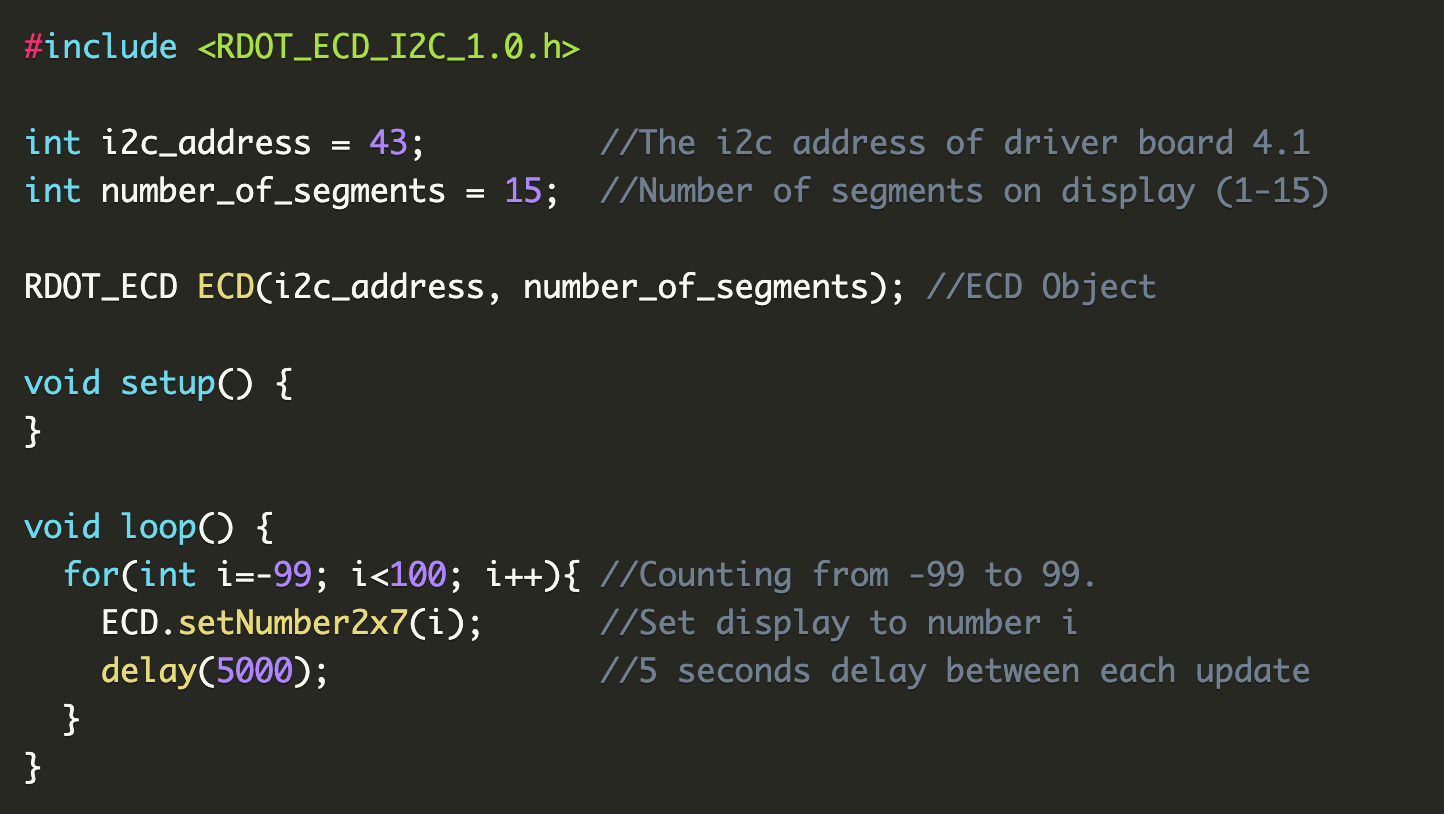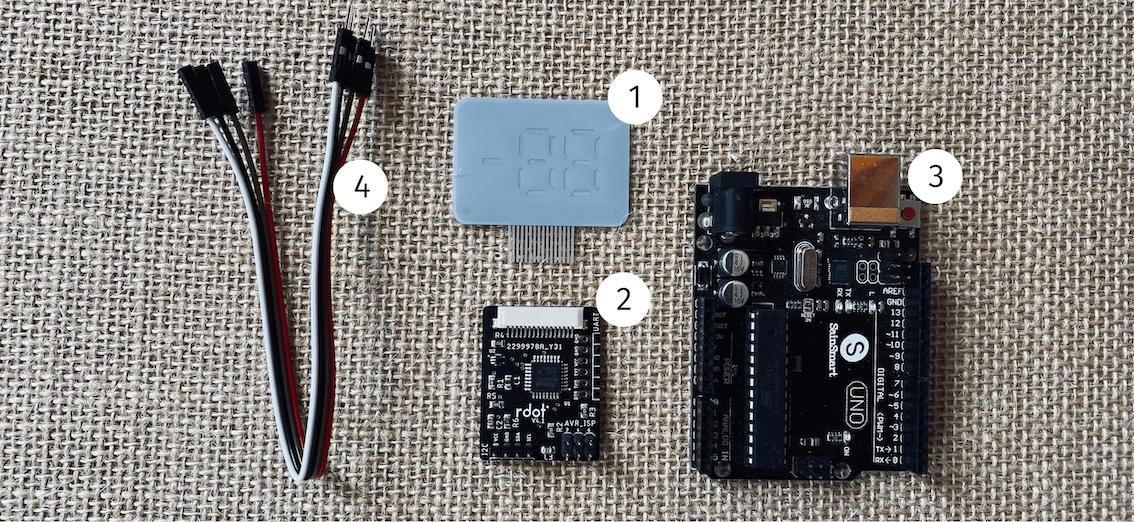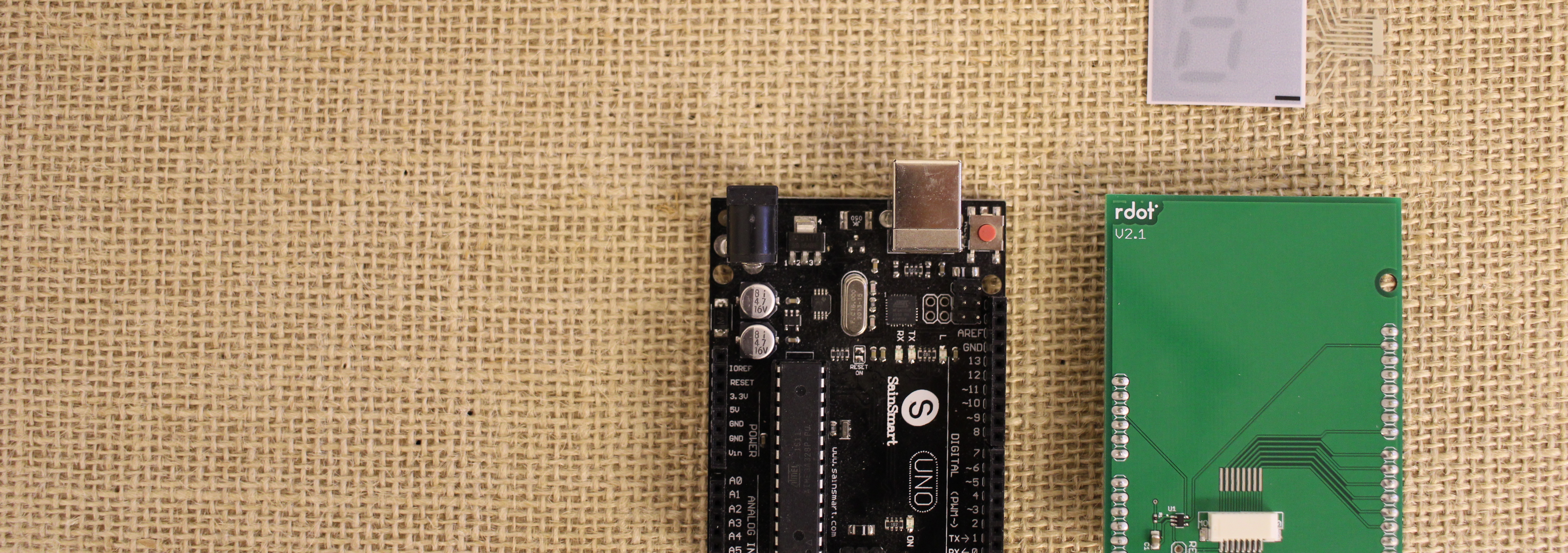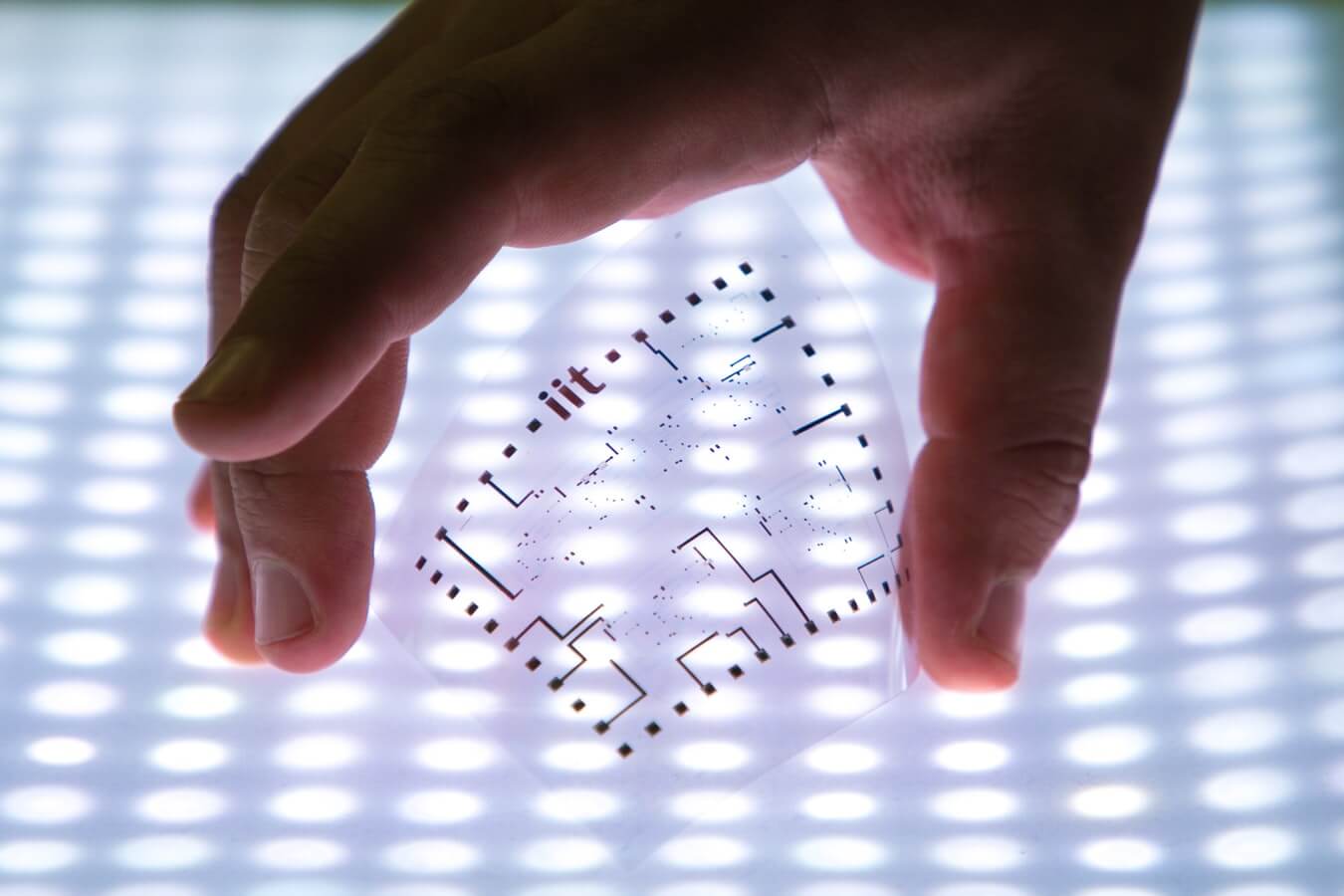
For a long time, the manufacturing of electronic components has been dominated by old and expensive production methods. For many applications, these methods will most likely continue, but for some applications, printed electronics will revolutionize the industry. In this article, we investigate the difference between printed and conventional electronics as well as explore some of the most promising applications for printed electronics.
Printing Methods
There are three main printing technologies that dominate the printed electronics market. The first is screen printing - basically the same technology used for printing graphics on t-shirts. This technology has a relatively low startup cost and is cost effective up to a few hundred thousand units. The second technology is inkjet printing - also used in desktop printers. This technology effective for rapid prototyping and comes with close to zero startup costs. The drawback is however that only suitable for small batches. The last technology is gravure printing - the technology used for printing newspapers. Gravure printing is highly scalable and can be used to produce millions of devices.
| Parameter | Screen Printing | Inkjet Printing | Gavure Printing |
|---|---|---|---|
| Batch size | MEDIUM | LOW | HIGH |
| Minimum feature size | ≈ 20 µm | ≈ 50 µm | ≈ 20 µm |
| Startup cost | MEDIUM | LOW | HIGH |
| Suitable for roll-to-roll production | Yes | No | Yes |
Examples of Applications for Printed Electronics
The common denominator for products that are being produced with printing technologies today is that they require a large surface area, are produced in high volumes, and typically have a low-cost requirement. Three examples are RFID antennas, displays and photovoltaics.
RFID antennas
Internet of Things is the primary driver of the expansion of this technology. This is an application which requires large area while still being very cheap. Printing technologies have enabled RFID antennas to go into billions of devices, including things like credit cards.
Displays
The display industry has for a long time been dominated by rigid and thick devices. However, Rdot is offering a new display technology produced with screen printing. Besides being produced with screen printing, it is also the most energy efficient display technology. Read more about the Rdot Printed Display.

Photovoltaics
The power output of a solar cell is proportional to its size; a solar cell with a doubled surface area will produce twice as much power. The ability to print a solar cell instead of conventional processes will reduce the barriers to install solar power. There are multiple printed solar companies such as the Swedish startup Epishine.
Printed Electronics vs. Conventional Electronics
Conventional electronics are produced by using vapor deposition processes in combination with high-resolution lithography processes. The advantage of this is the possibility to achieve extremely fine feature sizes, which nowadays approach the size of a single atom. This is great because you can fit a lot of circuits in a small space (high integration density) and in that way create extremely powerful components. So what are the drawbacks? The two main limitations for conventional electronics in relation to printed electronics are cost and form factor.
The first reason regarding cost factor is that conventional electronics require very sophisticated equipment with a price tag that often goes beyond $100M, an investment that needs to pay-off during the lifetime of the equipment. A second parameter influencing cost is that conventional electronics are produced on a sheet-to-sheet basis limiting the maximum throughput.
Conventional components are generally produced on a rigid glass/silicon substrate and then encapsulated in a package. Even if these packages are becoming smaller, the rigidness and shape of conventional components have implications on the possibilities when it comes to flexibility and thickness.
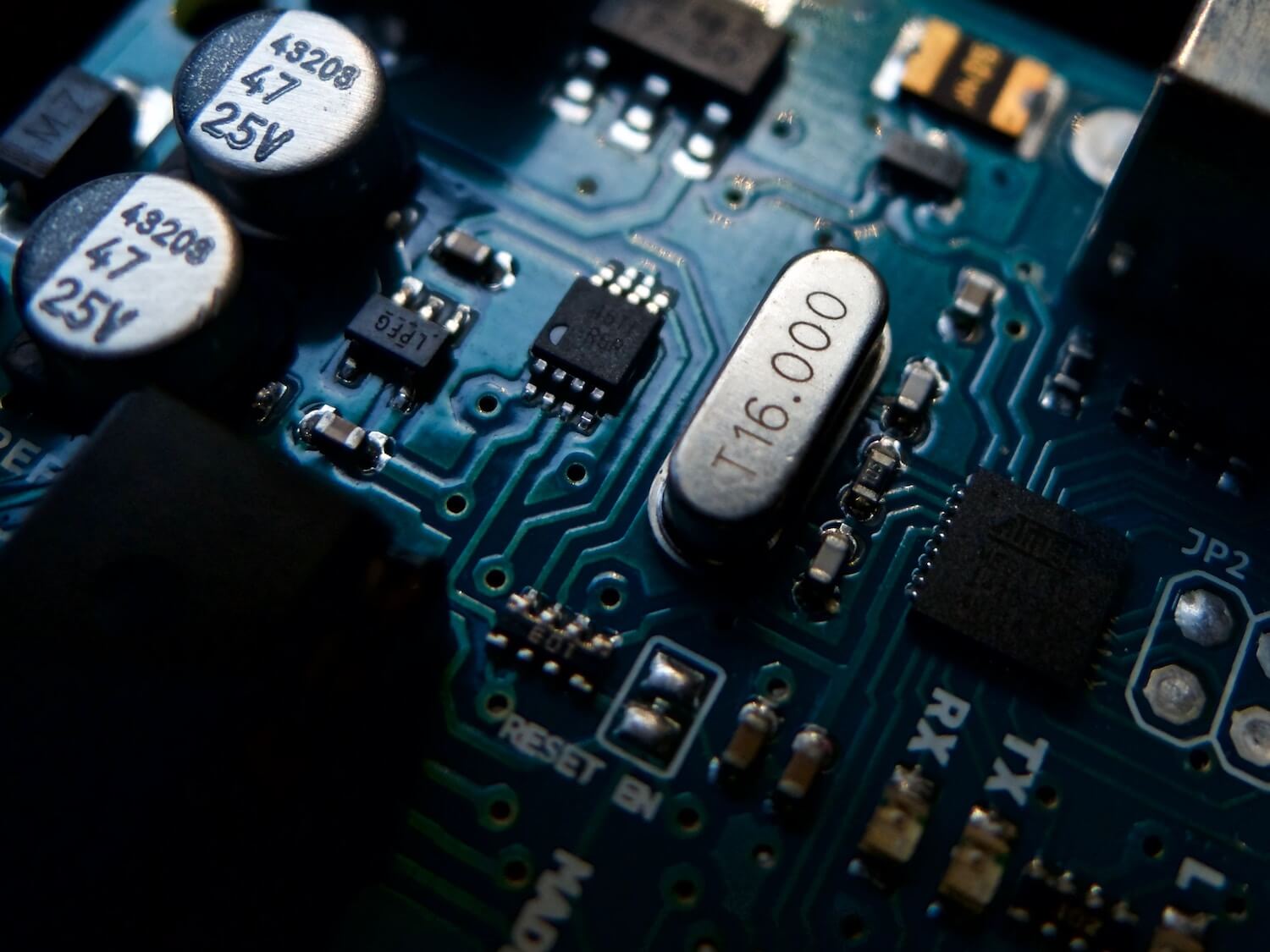
Printed electronics are, from many perspectives, the opposite of conventional electronics. They can be produced with relatively cheap equipment in large scales at a very low cost, but with limited performance.
One benefit for printed electronics is that they can be manufactured in a roll-to-roll process. This means that a large roll of plastic is fed into the production line instead of individual plastic sheets, similar to newspaper printing. Followed by that, really large areas can be produced more cost-effectively. Printed electronics are often produced on flexible substrates (eg. plastic) therefore the end product is also flexible.
To conclude, printed electronics will likely never be able to compete with conventional electronics when it comes to performance per component size. That being said, printed electronics have great potential for applications that require larger surface areas such as antennas, displays, and photovoltaics. Both antennas and displays require a certain size in order to fulfill their purpose.
Concluding Thoughts
The main benefits of printed electronics can be summarized as follows:
- Ease of production - The printing processes are well established and the roll-to-roll printing facilities have tremendous capacity and capability for large volumes
- Ease of integration - Due to customization properties, flexibility and different sizes, integrating printed electronics is easy.
- Flexible form factor - Customization options are practically endless.
- Low costs - Materials, equipment, and set-up costs can be kept to a minimum and the processes can be highly automated to keep labor cost low.
- Energy-efficiency - Conventional electronics production typically relies on various vacuum deposition processes that require immense amounts of energy
This technology brings many benefits to the table, though we have yet to see how it will shape the technological future. Applications with large area will be the first to benefit from printed electronics, but as the technology matures printing technologies will most likely continue to gain popularity for other applications as well.
